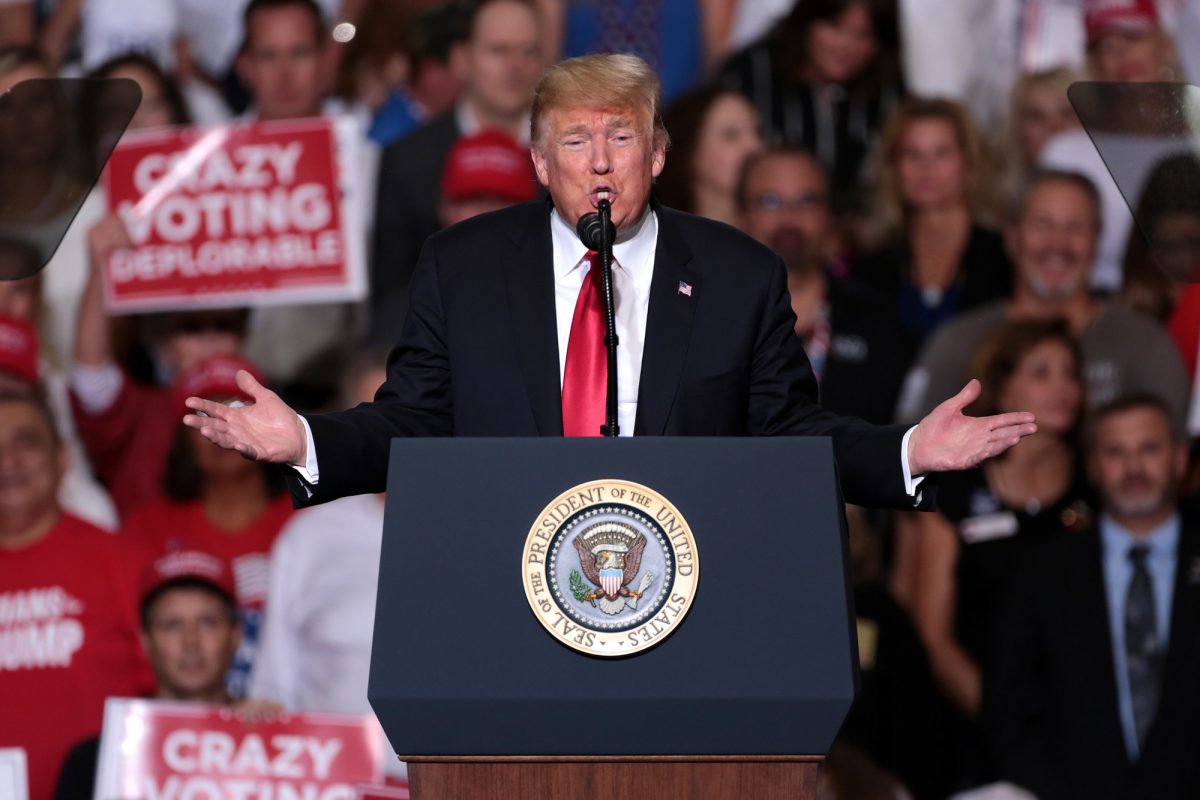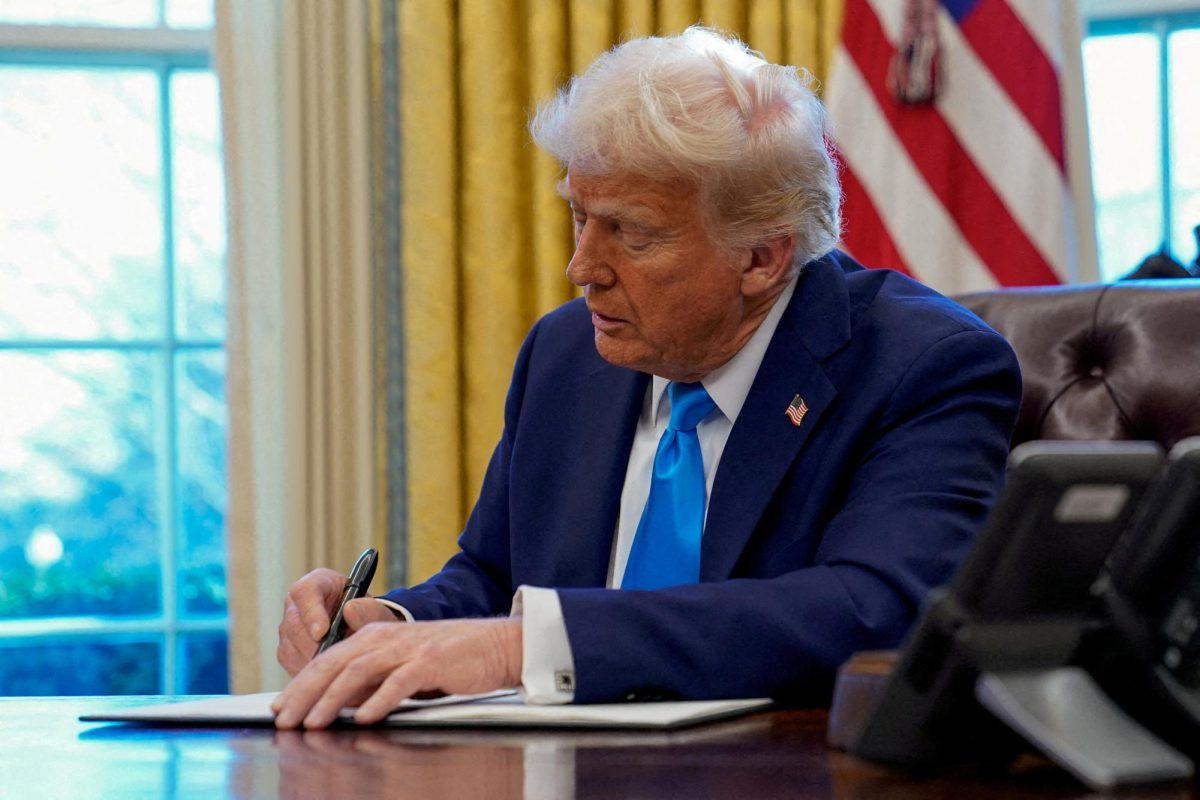On Feb. 4, President Donald Trump instituted 25% tariffs on North American neighbors Canada and Mexico while levying a 10% tariff on China, the United States’ largest trading partner by volume and value. On Feb. 10, the White House issued a statement that cited national security as a prerogative for 25% tariffs on steel and aluminum, a 15% increase from previous administrations.
The new tariffs present numerous consequences, namely in the responses and retaliations of affected countries.
“Prices will go up across the board,” assistant professor of economics Ben Klopack said. “Smaller businesses with lower profit margins … might see a bigger shock.”
Importing more than $450 billion from China annually, consumers are expected to feel the tariffs’ effects immediately. According to a nonpartisan study, economists estimate increased prices will cost Americans an average of $800 more in taxes alone.
“It would be surprising if none of [the tariffs] were passed onto consumers,” Klopack said. “People will spend more but get less for the same amount of money.”
Canadian Prime Minister Justin Trudeau, Mexican President Claudia Sheinbaum and the Trump administration came to a one-month halt on tariffs after America’s neighbors agreed to demands requiring. strengthened border security and increased anti-fentanyl trafficking measures.
China has condemned the trade restrictions and vowed to “firmly safeguard its rights and interests.” The Chinese government also implemented a 15% tariff on U.S. energy in retaliation.
In response to the tariffs, Trudeau retaliated with a proportional 25% tariff on American imports, constituting an eye-popping $106 billion in total value.
Goods such as toilets and refrigerators were also categorized in the list of affected products. The impact of tariffs are expected to be felt both on the national and regional levels, particularly within the manufacturing industries.
In the wake of tariffs on imported steel and aluminum, Klopack said firms may not have the incentive to shore manufacturing back to the U.S..
“I would be surprised to see a lot of manufacturing return to the U.S.,” Klopack said. “It depends on … whether the tariffs can meaningfully [eliminate] the difference in production costs between producing abroad and producing at home.”















